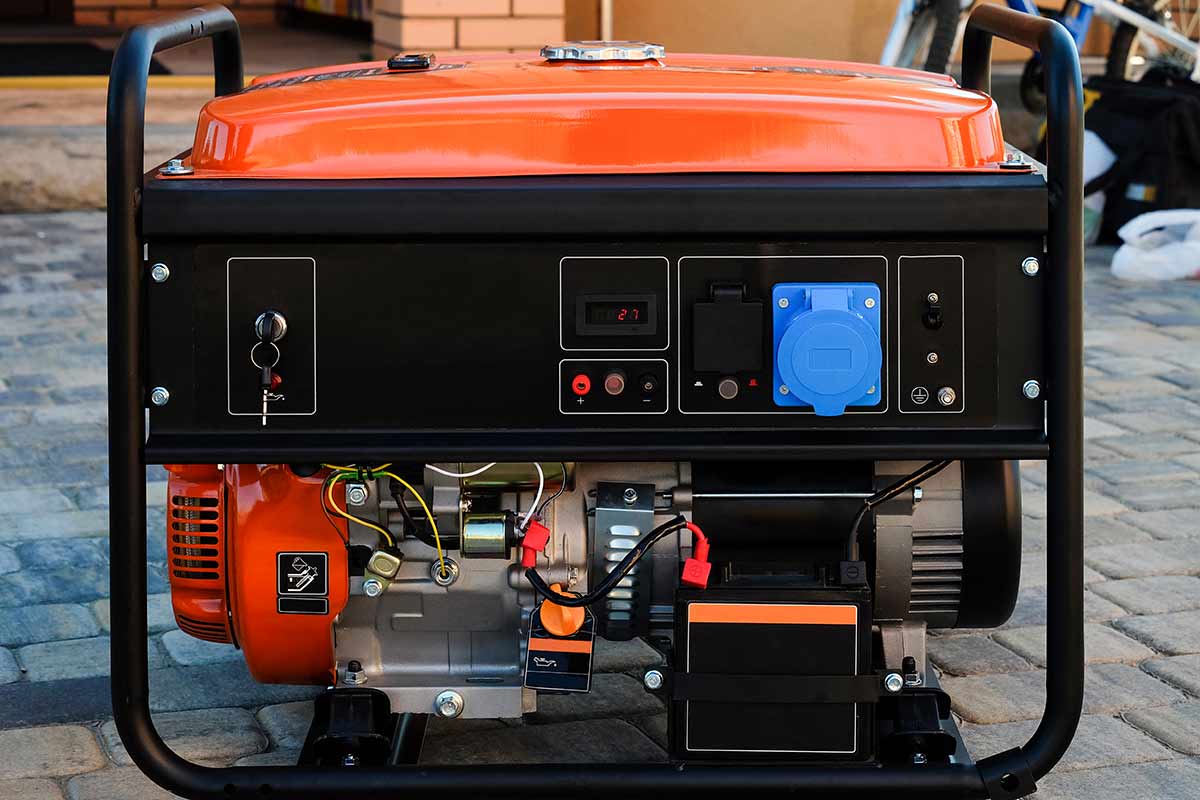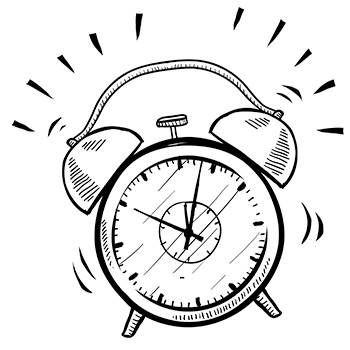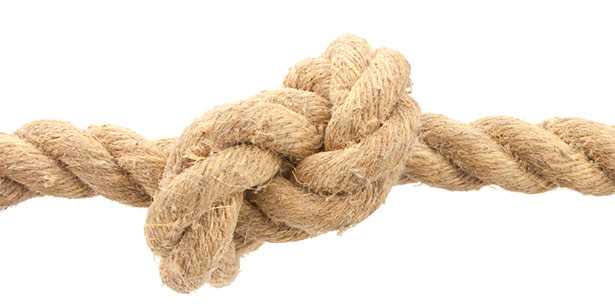
Temporary, Permanent or In Between? How to Choose the Right Power Source
Just a few years ago, it was relatively easy to decide whether a temporary or permanent electrical power solution was the better one for a particular worksite.
Temporary power installations were used when electricity was needed for a limited period of time at a construction site, remote location, new section of a mine, or outdoor concert venue or event.
Permanent power was installed when there was a long-term ongoing need for electricity in a fixed location (that has access to an outside source of electricity), such as a factory, warehouse, or concert hall.
Today, the lines are blurred. More and more, electrical professionals and publications refer to a middle area between temporary and permanent power, called semi-permanent. Situations that could be right for a semi-permanent power solution include:
- Operations that go on for months, years, or more in remote places.
- Businesses working out of fixed locations that need to move power to different sections of buildings or sites to handle new projects and opportunities.
- Established entertainment venues that must increase electrical capacity when they have to do setups for unusual acts with unique electrical requirements.
Today, when it comes to electrical power, it makes sense to move beyond the descriptors of temporary versus permanent and also consider:
- Immediate versus planned
- Limited time versus ongoing
- Connected versus standalone
- Mobile versus fixed
- Rented versus owned
- Finite versus additive
In this article, we’ll discuss some of the factors you should consider to decide if it makes more sense to use temporary or permanent power or something in between.
Immediate versus planned

Ask yourself: “How quickly do I need power on my job site?”
If your answer is within a few hours or days, a temporary power solution is definitely the right way to go. Even in the best circumstances, getting a permanent solution designed, built, connected to a utility provider, and approved for use can take weeks or months.
Bringing in a generator or other power source and laying out a temporary solution that includes cables, extensions, spider boxes, and other equipment can happen in a few hours or less, especially if you have all the right resources on hand.
Need help deciding what type of temporary power equipment your firm needs to handle its immediate power needs? An experienced supplier can answer your questions, along with recommending and providing you with the best, most cost-effective solutions for your business.
Caution: Don’t cut corners when you set up a temporary power system. Even if you’re in a rush, it’s no excuse to compromise safety. Learn more.
Limited time versus ongoing
Next question: Is your requirement for electricity a short-term one (a few days to several months) or long-term (many months or even years)?
In most cases, if you need electricity for a short period of time, a temporary power setup will fit the bill. It will supply you with power to do things like complete a contracting project, handle an outdoor concert, or prepare and begin work in a new section of a mine.
However, if you need electricity for a long time, a permanent power supply clearly makes more sense. If you run a shop that builds components to support a contracting business, work on a construction site for years, regularly supply a single outdoor concert venue, or plan to operate a section of a mine for years to come, planning and developing a permanent power supply absolutely makes sense from economic, logistic, safety, and other perspectives.
Remember: Even if you decide on a permanent power installation, it could require temporary power components:
- Would you ever need generators to provide backup power should electricity be cut off?
- Do you require an enhanced supply of power at certain times or in certain locations?
- Does your business ever experience unexpected power needs related to taking on work that changes by the season?
- Do you ever have to set up for acts with nonstandard electrical requirements?
If you answered “yes” to any of these questions, a temporary electrical power equipment supplier can advise you on how best to incorporate temporary elements into a permanent system.
Tip: It’s a smart move to plan for your temporary power needs as you develop a permanent system, especially if you think you’ll be using temporary components regularly. You want to make sure adding temporary elements is a simple, streamlined, and efficient process.
Connected versus stand alone

Does the area you’re working in have a regular, easy-to-tap-into supply of power? If the answer is “no,” then clearly, you need a temporary power supply.
However, even though the answer is obvious, the final solution may not be quite as simple to implement.
That’s because you must determine the type of temporary power that’s right for the job. Some of the questions you should ask yourself include:
- Are you working indoors or out? In damp conditions or dry?
- Are your temporary power requirements consistent, or must they be scalable later in the job?
- How quickly do you have to assemble and remove the temporary setup?
- Which components must be compatible?
- Can you buy equipment off the shelf, or should you purchase a customized system?
Once you know you need a temporary power setup, it’s important to think through these questions and consult with an expert on temporary power systems. They can guide you through all the complexities and come up with a solution that’s ideal for your needs.
Mobile versus fixed
Ask yourself: “Does your power supply need to move with your workers?”
Of course, if you answer “yes” to this, you need a highly-flexible temporary power system.
In this situation, in addition to addressing the issues in the previous section, you have to think through how you will move your temporary equipment around. You don’t want to get bogged down transporting equipment that’s unwieldy and makes your operation inefficient.
Make sure you look into things like generators, which are easy to transport, and temporary power distribution equipment on wheels. Also look into storage systems that are easy to stock, protect equipment while in transit, and are simple to wheel around a job site. An expert can help you find the right mobile solutions for your business.
Rented versus owned

Moving beyond the question of temporary, permanent, or in-between power, something else you should consider is how often you rent electrical power equipment.
If it’s frequent, once a month or more, it’s a sign that you may need to purchase your own temporary power equipment. A simple cost-benefit analysis will help you decide whether it’s the right move. Compare how much you’re spending on rentals each month versus the cost of having your own. Factor in how long you’ll be able to use the equipment you purchase (three or four years is a good benchmark for most items), and you should be able to get a solid answer. If you’re having a hard time completing a cost benefit analysis, a firm that supplies temporary power equipment can help you.
If your firm rents equipment infrequently (quarterly or less often), continuing to do so is likely the better option for your firm. It’s likely the more cost-effective way to get you the power you need on those rare occasions or unusual circumstances when you require it.
Another practical option to consider: install a permanent generator docking station and then contract with a generator dealer. This is ideal for those with a small building or facility, such as a gas station or retail location, that will only need a generator in the case of an emergency outage. Since the generator docking station is already installed and ready to go, the building can be resupplied with power as fast as possible (without the expense of owning and maintaining a permanent generator).
Finite versus additive
Are the power needs for your typical jobs once and done, or do you add components to your system as a job progresses? This is a big factor to consider when making equipment rental or purchase decisions. Many contractors or electrical professionals who work in mines often start with smaller, simplified systems that they add on to over time.
If this is the case with your business, then you might want to consider a system that’s part owned and part rented. Your company should determine which pieces of equipment are used throughout the job and purchase them, and then simply rent those that are leveraged for a short period of time near the end of a job.
What’s the right answer for your firm?
If you’re still not clear about whether your business needs a permanent or temporary power system and which pieces of equipment you should rent or own, contact an expert who can help you determine the right solutions for your unique situation. They’ll help you work through all the factors you must consider to find an efficient and cost-effective power system.

 CALL OR TEXT NOW 800-597-9311
CALL OR TEXT NOW 800-597-9311
Leave a comment